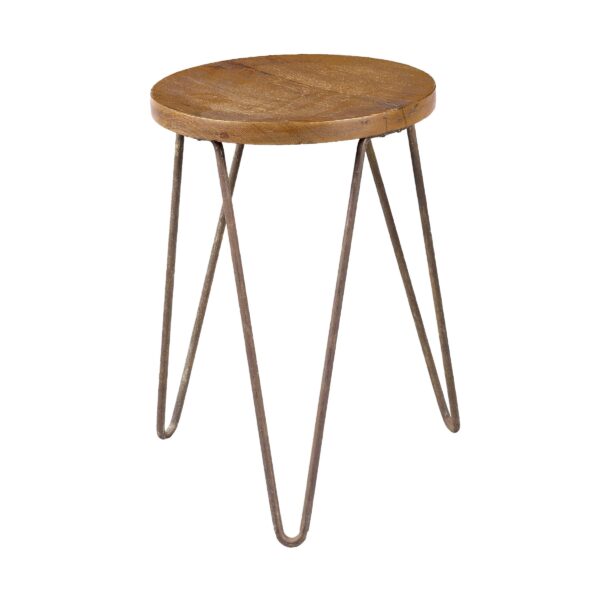Description
This product is a historical piece from a UNESCO World Heritage Site, made by the greatest architects of the 20th century.
We avoid restoring them as much as possible. We therefore preserve as much as possible the traces of time and its historical value. This is essential because there are so many fake pieces on the market today.
There are fakes and Chandigarh objects have never had official documents on their provenance, so it is wise to buy from experts. That is why all our products are sold with a “certificate of authenticity”.
NOTE: Images may not reflect your exact model and are for reference purposes only.
About authenticity: We only sell authentic mid-century objects. Jacques Dworczak has selected each piece himself in India.
We buy all unrestored objects, so that all traces and important indicators of authenticity are preserved.
All wooden pieces are original.
We do not replace damaged pieces with new ones or with other damaged pieces.
Patina is very important and during the restoration we try to preserve it as much as possible.
Old cracks, many layers of scratches, old traces of worn lacquer, deformations of the beams or oxidation of the wood due to people’s touch are important signs of authenticity.















